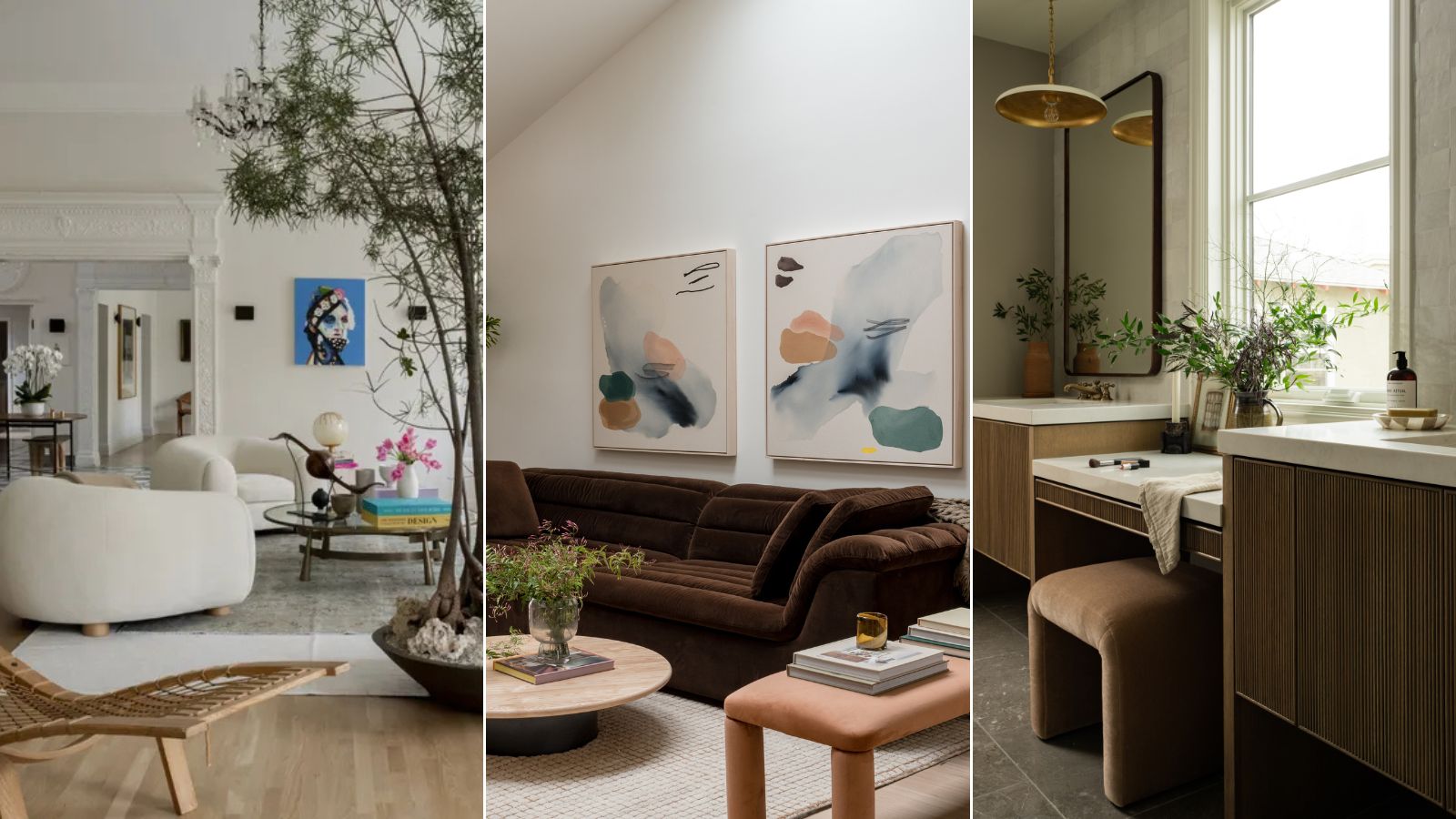
There are so many design trends out there, but as we start a new year, we're keen to find out what styles designers will be emulating in 2025.
One style that's been a long-established favorite is the modern organic aesthetic. It's been dominating interiors for the past few years due to its contemporary feel and ability to soothe. Transporting you to a place of serenity, your mood is instantly lifted as soon you enter an organic-inspired space. Designer Kelly Hoppen perfectly summarizes organic modernism is 'about capturing the harmony of nature and integrating it into a timeless design scheme.'
Many elements of the style are timeless, making it the perfect choice for those who want to create a paired-back yet welcoming space for 2025. But we wanted to delve a little deeper into whether modern organic is still on trend and how designers are approaching the look this year. Here's what designers had to say about creating this coveted interior design style and keeping it on trend.
1. Incorporate round, soft shapes
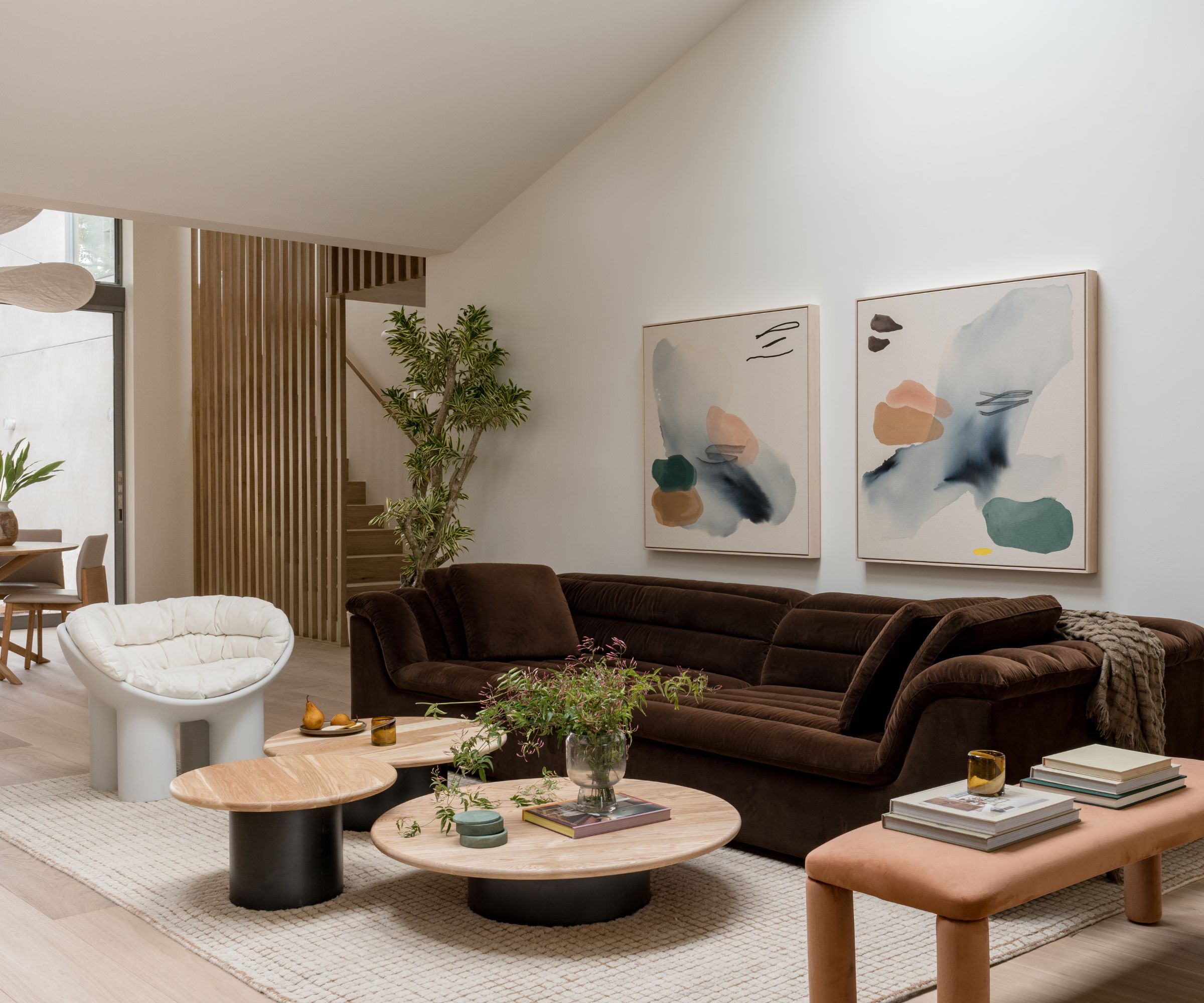
Soft, rounded shapes are an important design element that helps to create a welcoming and peaceful space. Creating a truly modern and organic interior is all about emulating comfort and lightness which can be achieved through invitingly soft curves.
Abbie Naber has been designing fresh and comforting spaces for years. She's known for her paired-back, modern approach which encourages everyday living. She swears by rounded style furniture when creating modern organic homes. She says, 'I like to focus on less angular and more round and soft shapes while selecting furnishings.' Steering clear of harsh edges allows a space to feel plushy and cozy.
Abbie explains that this interior design style is about 'striving to achieve a natural, organic feel in a space' which is something that she considers to be 'always timeless rather than on trend.'
Abbie suggests using round-edged furniture when creating a natural, contemporary design. The Asher coffee table is sophisticated in shape and has an effortlessness, making it perfect for a lounge or living area.
Jute is a textural material that's naturally grown and woven. The Lianne pouf is made from this fabric and is great in a modern organic space as it brings a laidback feel that's inviting but also stylish.
Airy and light, this statement pendant is the perfect piece for a communal area as it will softly brighten the room. It will enhance the look of your space, providing a relaxing light without overbearing.
2. Follow a layering technique
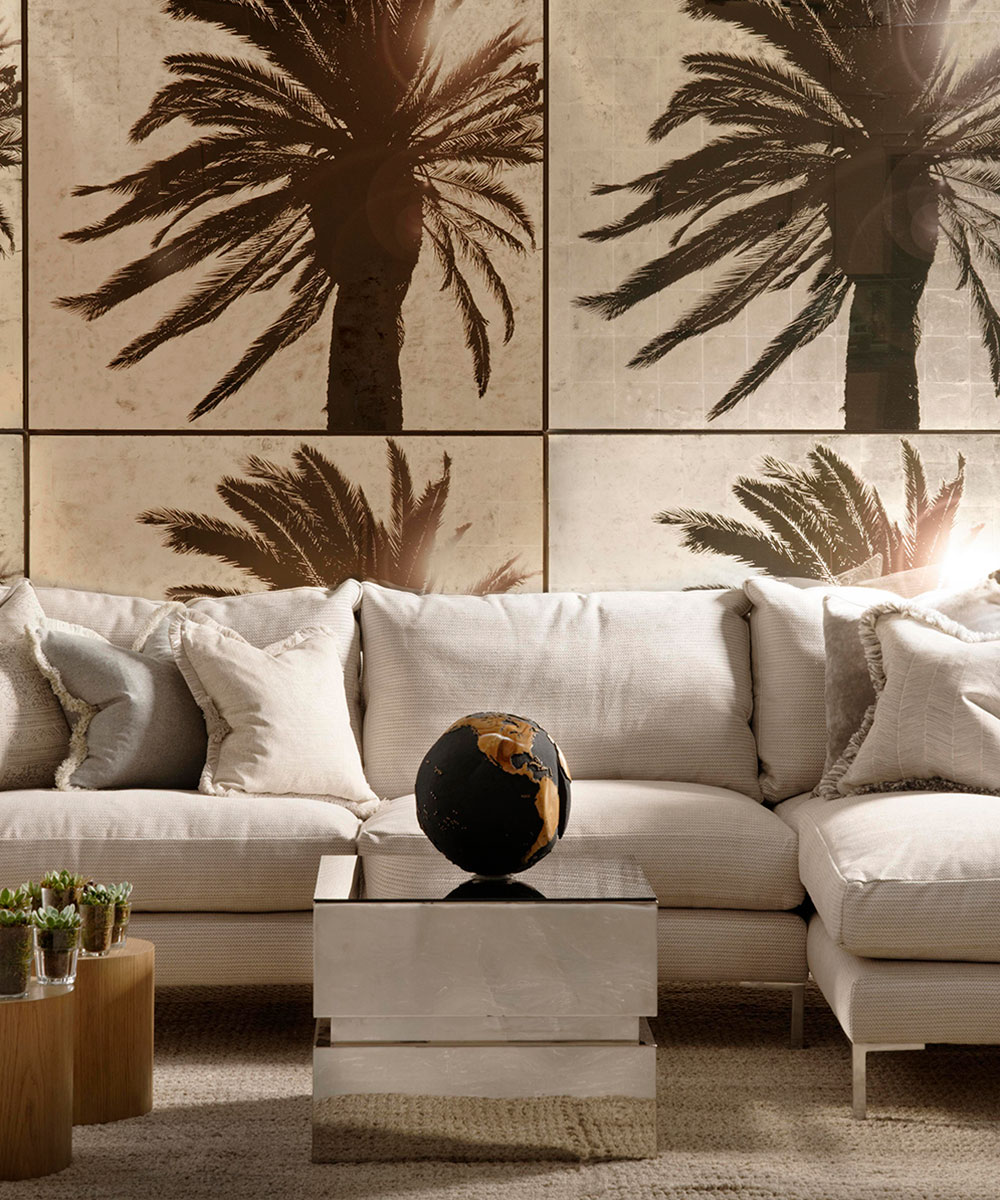
Kelly Hoppen says 'Organic modernism works best as the first layer in a space, forming the foundation of a warm and inviting space.' She suggests starting with 'textured fabrics like upholstery, raw wood for furniture, and stone or ceramic accents for a tactile feel.'
'The key is layering these elements thoughtfully. Combine the softness of organic shapes and materials with the structure of contemporary lines and neutral tones. This balance keeps the space feeling warm, modern, and elegant.'
3. Focus on natural materials
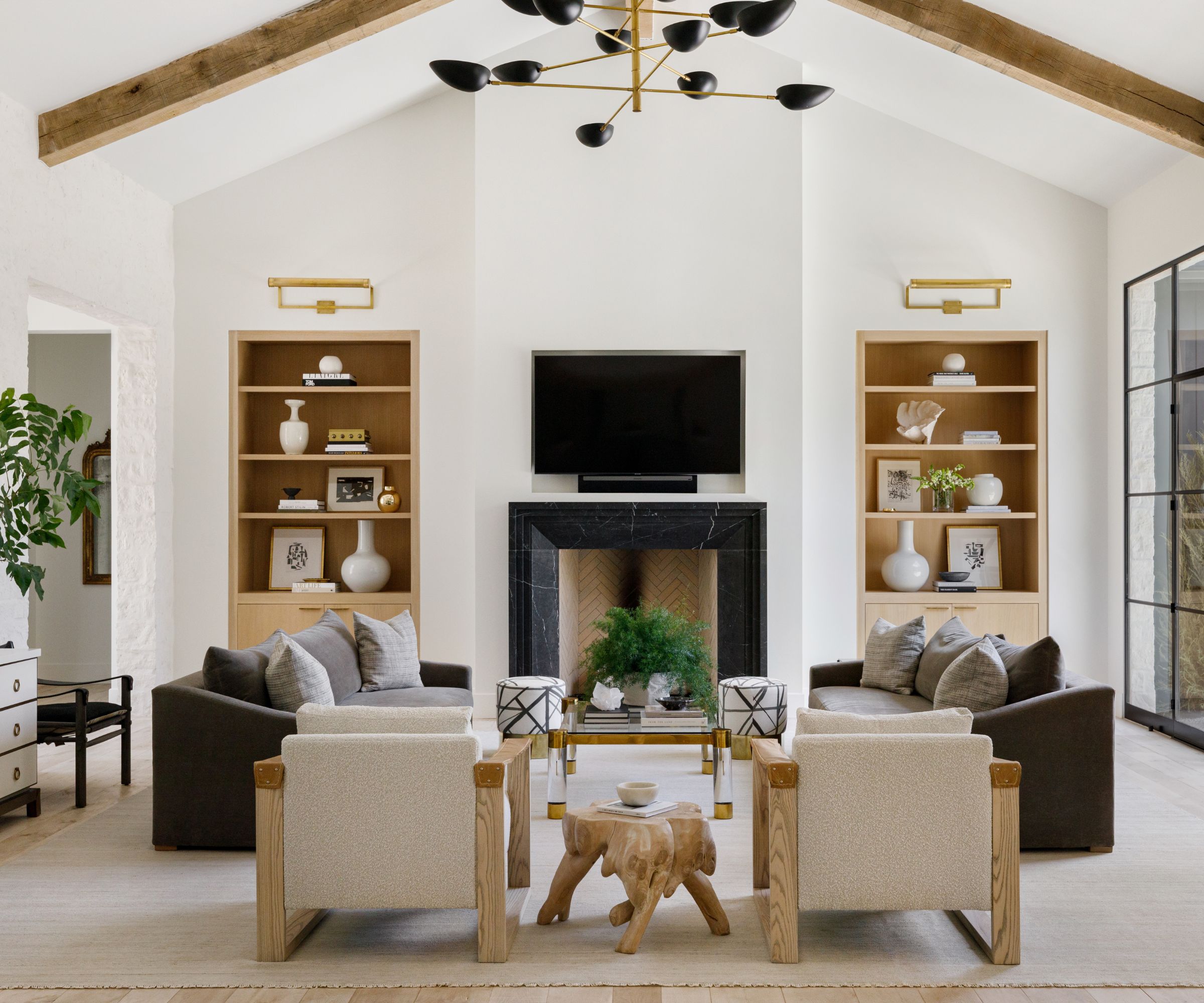
There are several recognizable components that make up the organic modern trend. Arguably the most important aspect is the use of natural materials.
Every one of Alexandra Kaehler's projects is unique, yet they all encompass a sense of intimacy and comfort – a key part of modern organic design. She shares her thoughts on the design style and the importance of natural materials when creating the look.
'With a more modern, organic space I think it is important to play with neutral color schemes and textures by bringing in a variety of natural materials. Jute, rattan, bamboo, rush mat – they all offer a different visual interest and complement each other beautifully, as long as they’re not overdone. Adding in warm neutrals is a lovely compliment to these textures as well.'
3. Use texture to reconnect with nature
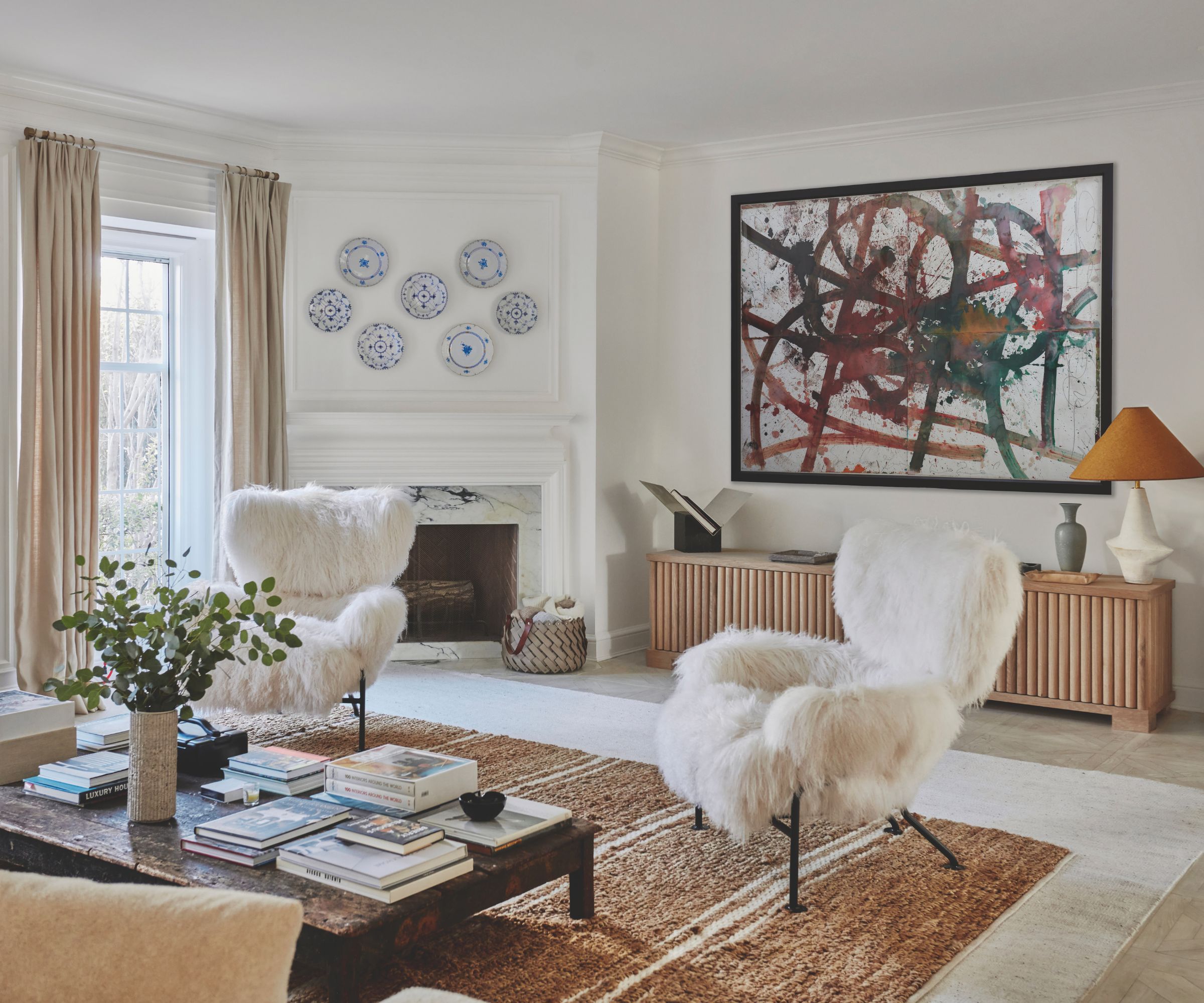
The organic half of the design style is all about mirroring nature and bringing it into a domestic setting. You don't want to take this too literally, so emulate natural surroundings by using layers of texture.
A truly comforting space is multi-sensory, satisfying all one's needs in one peaceful space. The White Company has been creating natural soft furnishings for many years, making them experts on the modern organic look. Their one key piece of advice is to consider texture in interior design. 'When decorating with a white and neutral palette, texture is key. It's crucial to add natural elements and pile on texture – a soft rug underfoot or a diaphanous drape at a window can truly transform a room.'
Hannah Goldberg agrees and says to focus on 'the interplay of textures – from plush wool and airy linen to raw woods and smooth plaster. They add depth and contrast, bringing a dynamic yet serene energy to the space. These materials each contribute to the relaxed, tactile richness that defines modern organic design.'
Textured bedding will elevate your bedroom and tie into the rest of your organic furnishings. Place a pair of matching pillows alongside this quilt for a cohesive, thought-out look.
Handmade furnishings have a rustic, lived-in feel which is perfect in a modern organic space. This rug is hand-loomed and features a pretty geometric design.
Modern organic interiors need plenty of light to match the pale, neutral palette of the space. These curtains are made from natural linen and are sheer, allowing light to flood in.
4. Create a scheme of earthy tones
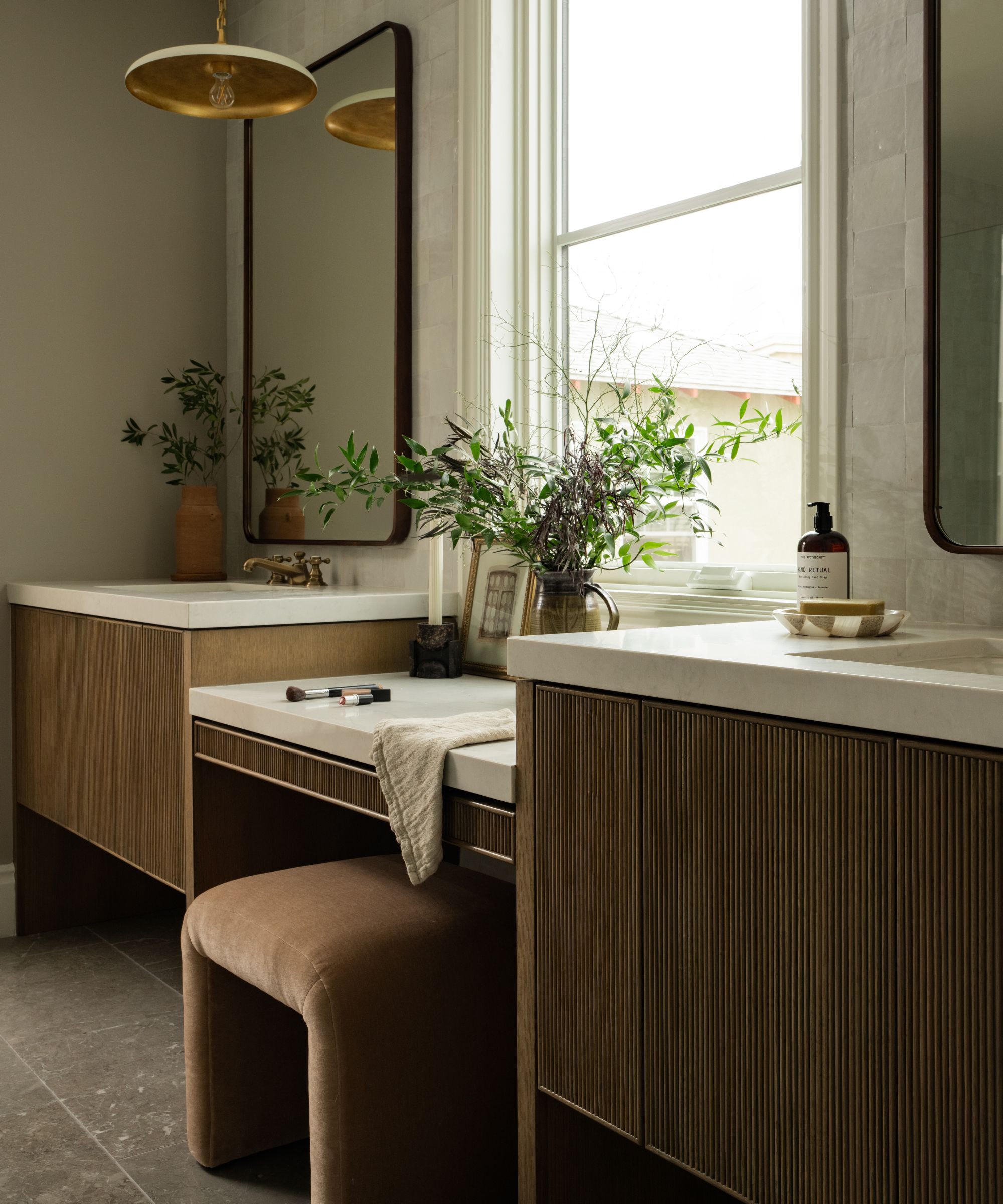
No modern organic interior is complete without an apt modern organic color scheme. The style is typically associated with white and cream variations but this year designers are using other tones that reflect the colors of nature.
'The modern organic trend is all about creating a space that feels grounded, natural, and harmonious with the environment.' says Claire Hester, Head of Product at Christy. Known for their natural bedding, Christy is 'turning to color as earthy tones are dominating the current landscape, with shades like oat and soft grey bringing warmth and tranquillity.'
Christine Vroom Interiors created the organic, modern bathroom pictured above. She suggests using 'neutral palettes with pops of deep color' and 'warm lighting and natural elements like plants, natural stone, and artisan decor.'
Although the style has been around for a while, it's still a firm favorite with designers and industry experts for 2025. Its ability to soothe and inspire is why it's still popular, being used in all styles of homes across the globe. Consider these designers' top tips to make your modern and organic space relevant for the year ahead.







